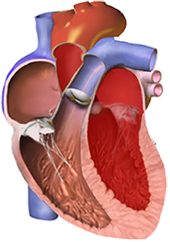
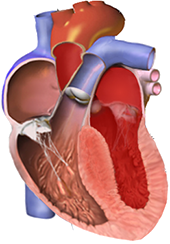

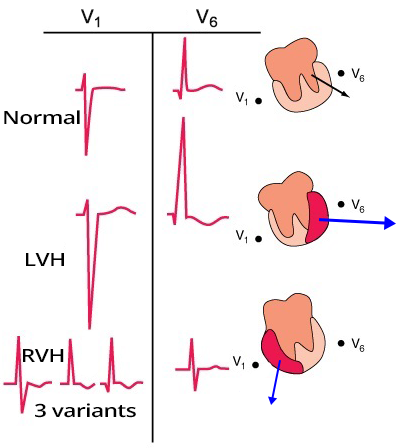




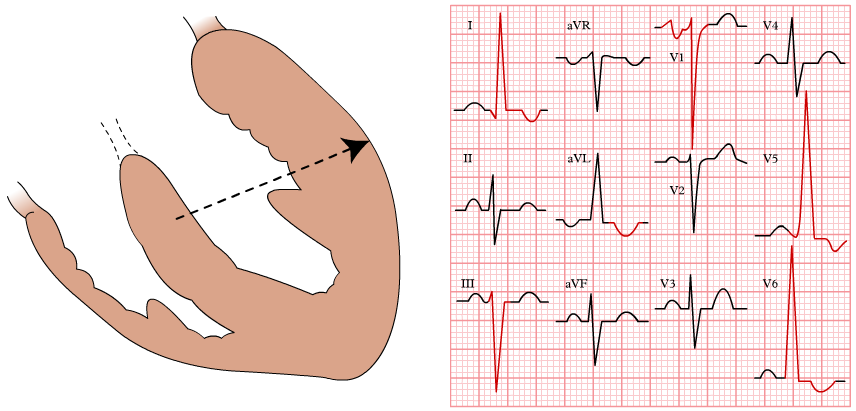
Left Ventricular Hypertrophy
Left ventricular strain pattern
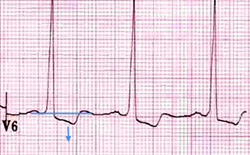
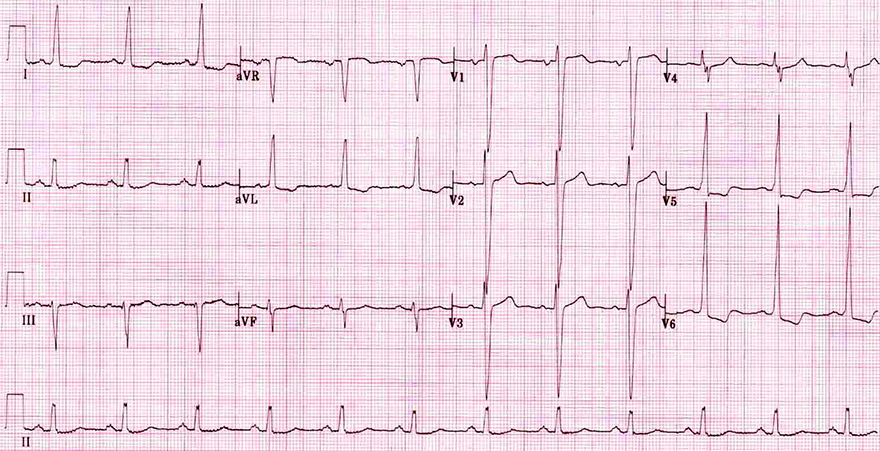
Left Ventricular Hypertrophy

Left Ventricular Hypertrophy
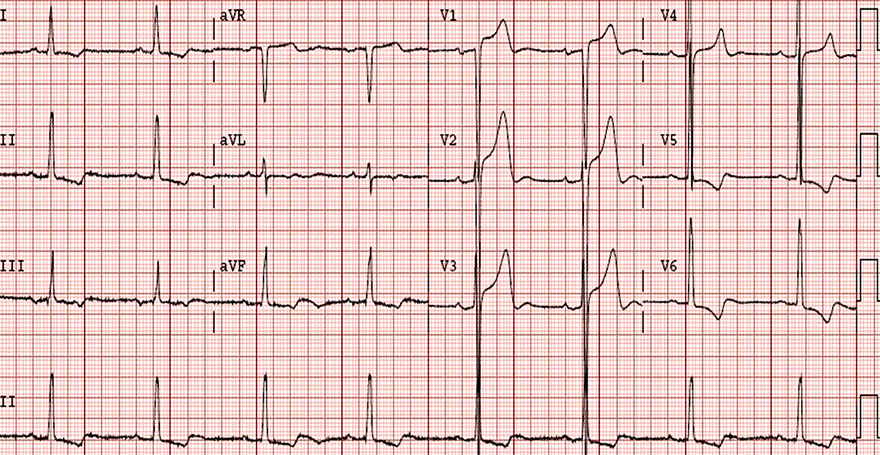
Left Ventricular Hypertrophy
Sources
Left Ventricle
|

|
Concentric Left Ventricular Hypertrophy
|

|
Eccentric Left Ventricular Hypertrophy
|

|
|
 |
Sokolow Index
|

|
Lewis Index
|

|
aVL(R) ≥ 11mm
|

|
|

|
Prolonged R Wave Peak Time (V6) ≥ 50ms
|

|

Left Ventricular Hypertrophy
|
Left ventricular strain pattern
|

|

Left Ventricular Hypertrophy

Left Ventricular Hypertrophy

Left Ventricular Hypertrophy
Sources